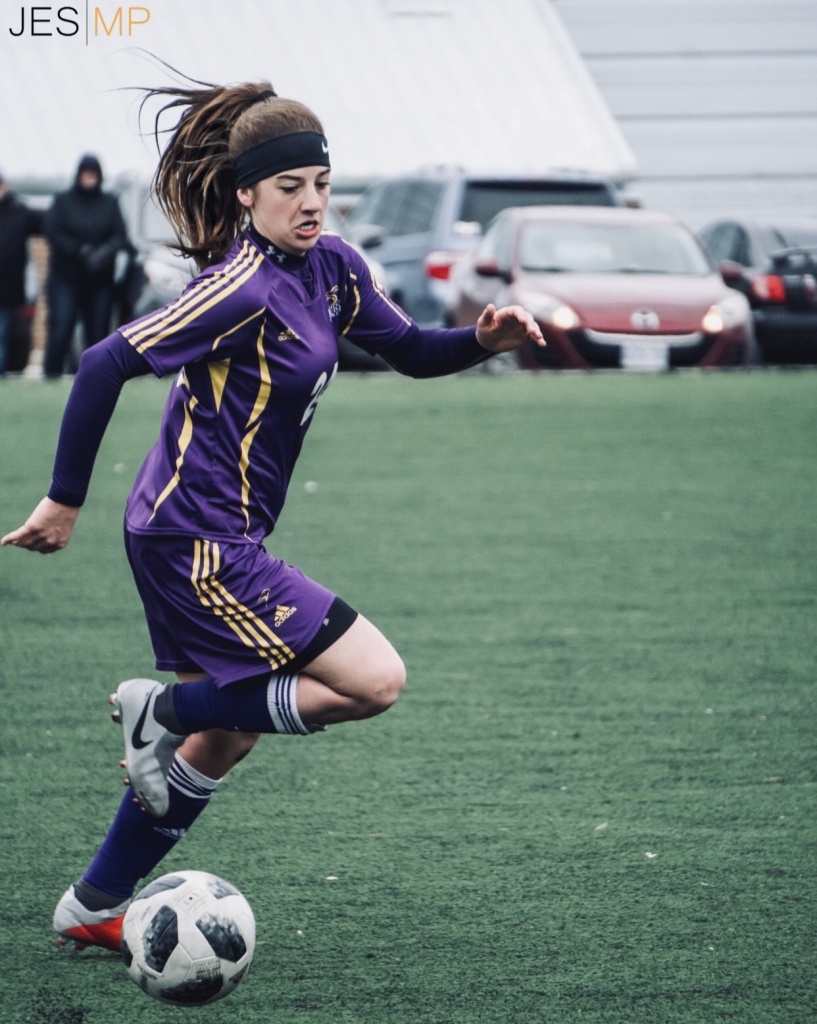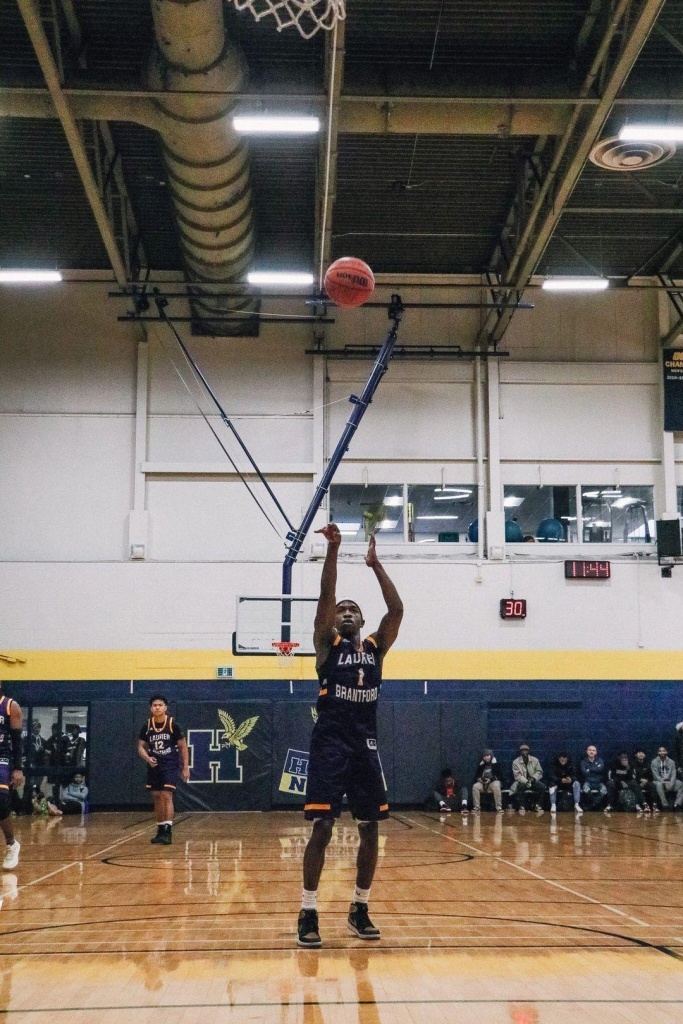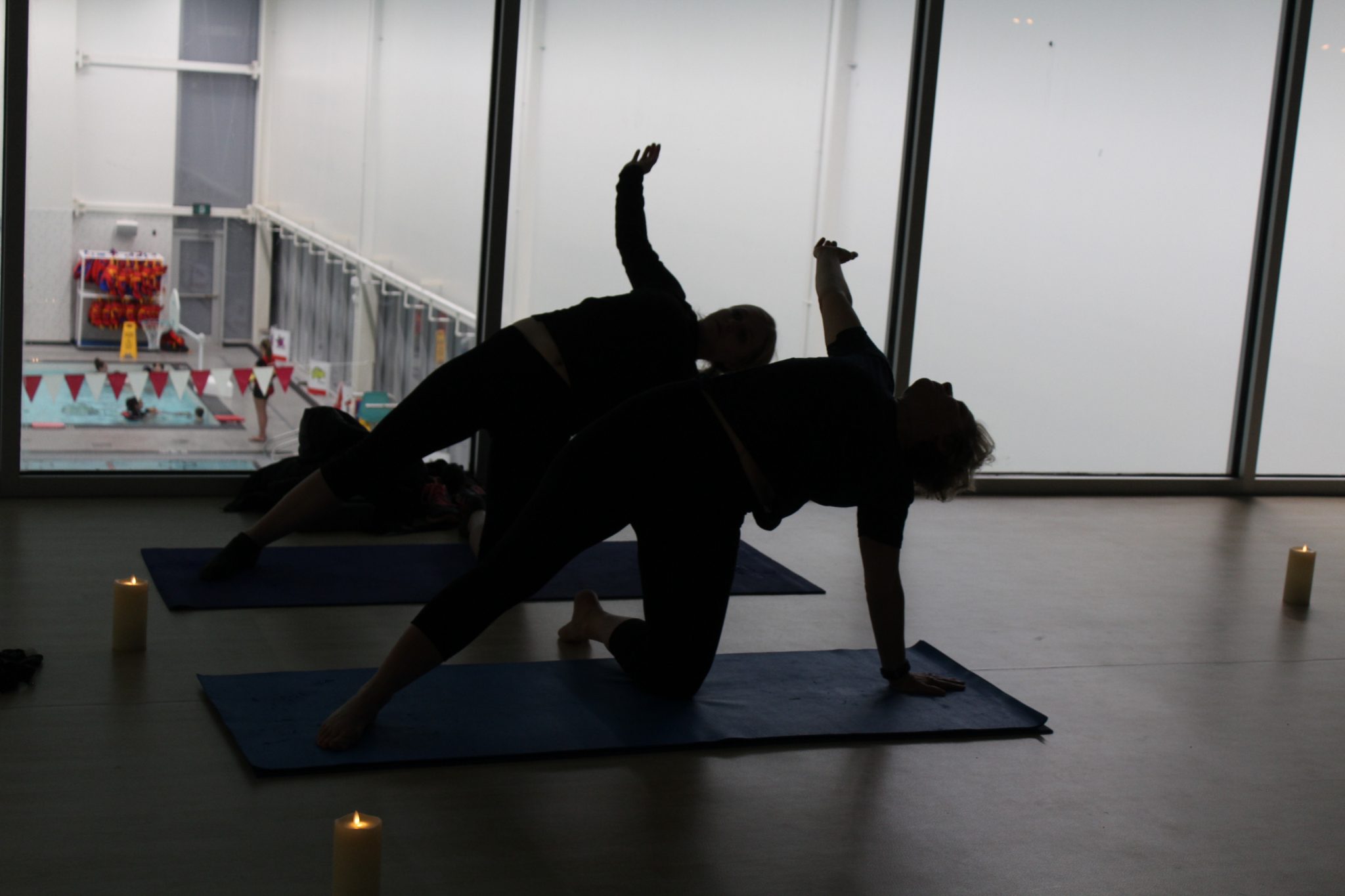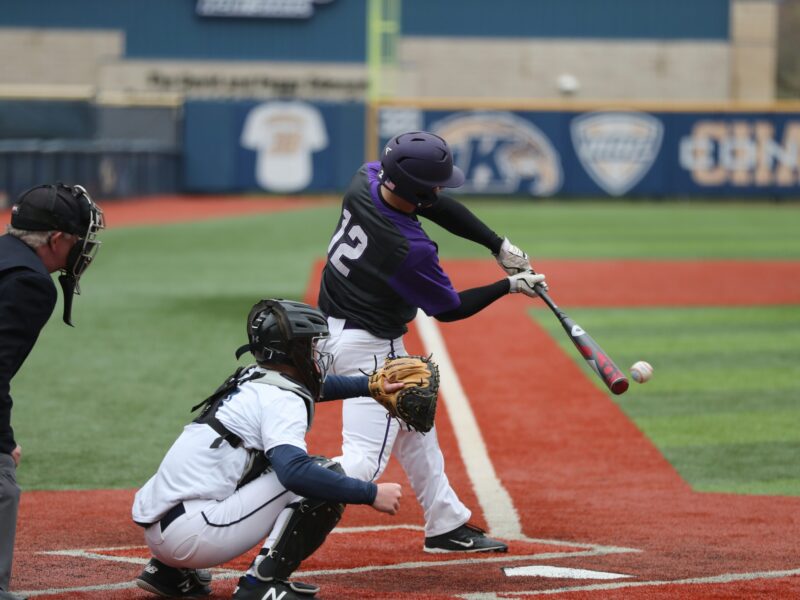PHOTO BY SARA SHEIKH/ THE SPUTNIK PHOTOGRAPHY
Injuries are an unfortunate part of sports that all athletes understand is a part of the game.
While injuries can come unexpectedly, they are a component of any sport that cannot be overlooked or disregarded.
The process of avoiding pain and cramps can be minimized through an intensive look at what to look for when doing stretches and what athletes should do when managing themselves to the best of their ability.
Patricia Lamanna, women’s soccer varsity player for Wilfrid Laurier University, provided the following list of some ways players can avoid injuries:
- Learn proper techniques
- Stretch thoroughly before & after anything physical
- Regular physical checkups with a chiropractor or any type of therapy
- Hydration is essential
- Good resting period
- Don’t overdo it and don’t under-do it
- Flexibility decreases injuries by 45%
- Gaining muscle in your gluteus maximus is key for any sport, it keeps you balanced and strong
Although there may not be one clear way of preventing an injury from happening, the combination of the list above is a good indicator of how to start and regularly keep your body in peak shape.
Flexibility and glute training, physical checkups, and rest periods may be overlooked as part of a typical recovery/strengthening plan, but all areas of fitness are just as important as the mainstream ways of staying healthy.
A common reason why injuries occur is after intense physical work has happened and a lack of proper treatment is not taken under consideration.

CONTRIBUTED IMAGE/ THE SPUTNIK PHOTOGRAPHY
We can see this in certain styles of competitions—tournament-based, where teams are playing multiple games in a day, and the recovery process for athletes may be an afterthought because of the intensity of all the games played.
“In the morning I start with a bunch of assorted fruits along with a medium-heavy breakfast (toast, eggs, sausage with cereal) and finish with water,” said Galio Fortunato, player for the men’s varsity basketball team at Laurier Brantford.
Breakfast sets the tone for the rest of the day and eating a medium-heavy breakfast is the best way to avoid burnout and cramps early in the process.
Including high carbs sources such as toast and fruits mixed with healthy protein sources like sausage and eggs is the right balance for an effective start to the day.
“Actively moving for at least an hour after the games, cool-down stretching, and walking opposite to sitting to relax is extremely helpful. Also drinking excessive water during and after the games will have you ready to move forward,” said Fortunato.
Active movement and stretching are essential to avoid any injuries throughout tournament play. Often, players might want to sit and relax but this can cause tight muscle pain to happen after trying to go full speed once the game restarts.

CONTRIBUTED IMAGE/ THE SPUTNIK PHOTOGRAPHY
Drinking water regularly helps regulate body temperature as well as avoid feeling dehydrated, which is one of the worst things an athlete can experience especially during tournament competitions.
But we know injuries do happen and when they do, the recovery process can sometimes be lost in translation in the heat of the moment, as different variables are running through an athlete’s mind when sustaining an injury.
“Injury begins with a flush of emotions that are first confusing and hard to grasp. A wide range of depression, anger, and denial. You can’t let these qualities take over your logical thinking,” said Lamanna.
The early stages of an injury can often be the worst part of it all. Angry outbursts, depression, and unwillingness to accept what has happened are all emotions that can be expressed when coping with a difficult incident.
Pain is a common element seen with the injury itself and within the healing process also. Dealing with pain is one of the biggest obstacles athletes have to overcome during treatment sessions and it can often overwhelm people and negatively impact one’s psyche.
“Pain from an injury isn’t ever easy to endure, but if you’re smart with the process of your injury you’ll slowly learn that pain is temporary, and the gain will always be there if you want it bad enough. You’ll become more cautious of how you do things, and the feelings will flutter but sooner or later you have to come to terms with taking risks and understanding that injury is unavoidable no matter how indestructible you may think you are,” continued Lamanna.
Accepting that the injury has happened and knowing the pain is temporary makes the rehabilitation process easier to handle.
Although mood swings are expected throughout recovery sessions, patience and persistence are part of the tools of success for bouncing back stronger after a period away from a sport.




